Peloton, Zwift and Apple Fitness+ really work, according to science
Studies show digital fitness tech like Peloton and Apple Fitness+ really can drive users to make better health choices
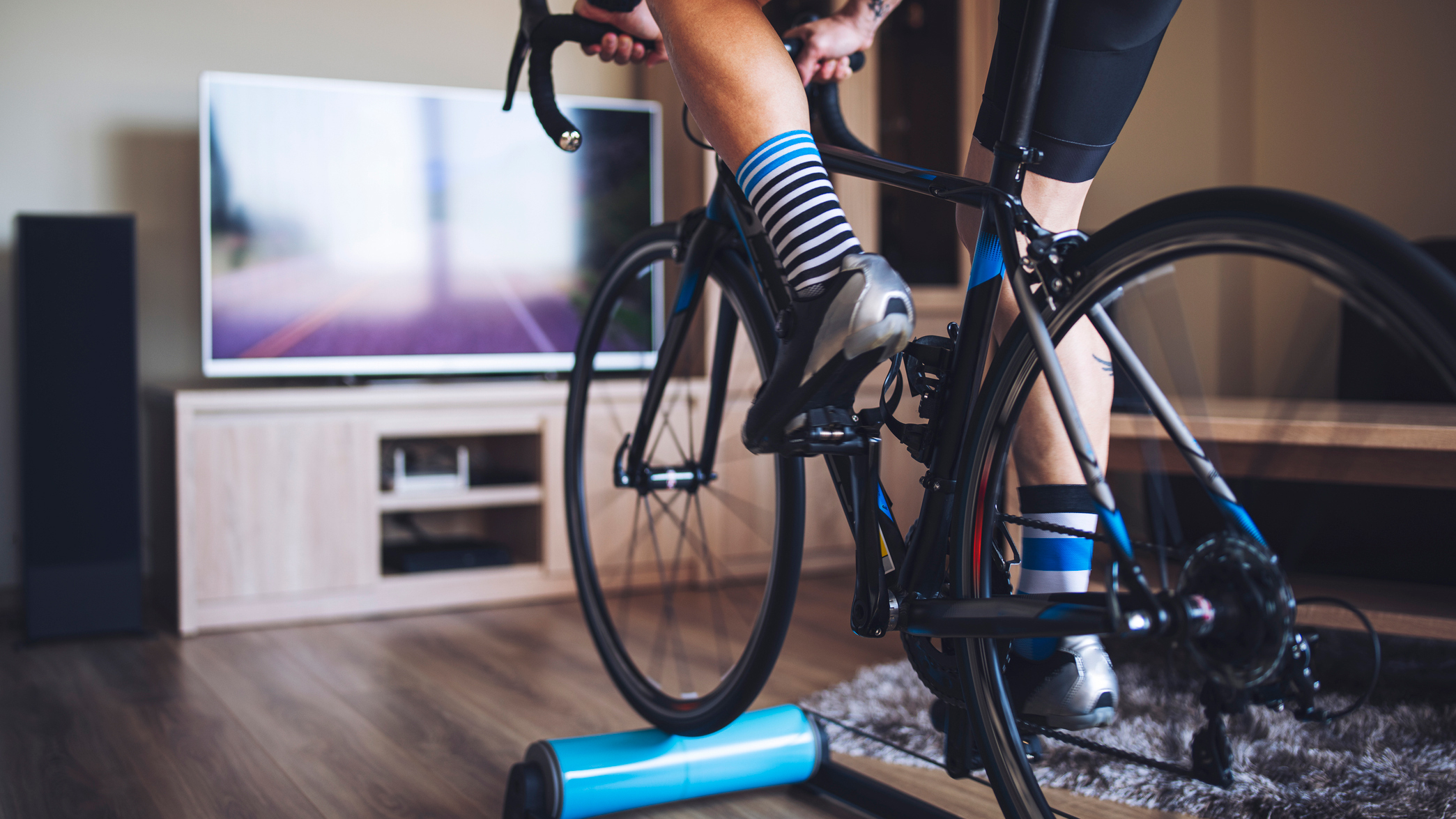

Have you tried any digital workout services yet? From established names like Peloton, which has expanded from cycling to incorporate over ten different kinds of workouts, to rivals like Zwift and the recently-announced Apple Fitness+, guided home workouts you can access on an app or your smart TV are booming in popularity. As the global health crisis forced people indoors, it's easy to see why there's been such a boom in popularity.
Many of us struggle with staying on track when it comes to fitness. However, these guided workouts, in which you can set your own goals and keep track of your progress along a personalised fitness plan, might be just the thing to get you off the sofa.
- Apple Fitness+: a five-star home workout platform that's worth the hype
- Sign up for a free trial of Peloton here
- Get started with Zwift here
One study, published in the scientific journal Frontiers In Public Health, looked at changing behaviours in sedentary adults when using digital fitness tech.
The study's authors found "many individuals who are inactive do not know how they can increase their activity. One strategy that may be especially important for this group is action planning, or prompting the user to make detailed plans about when and where they will increase their activity."
Together with goal setting functions, digital fitness apps provide a clear framework and action plans to achieve small goals. This takes some of the guesswork out of health and fitness, and has been found to be very effective in getting normally inactive people off the sofa and into their trainers on a regular basis
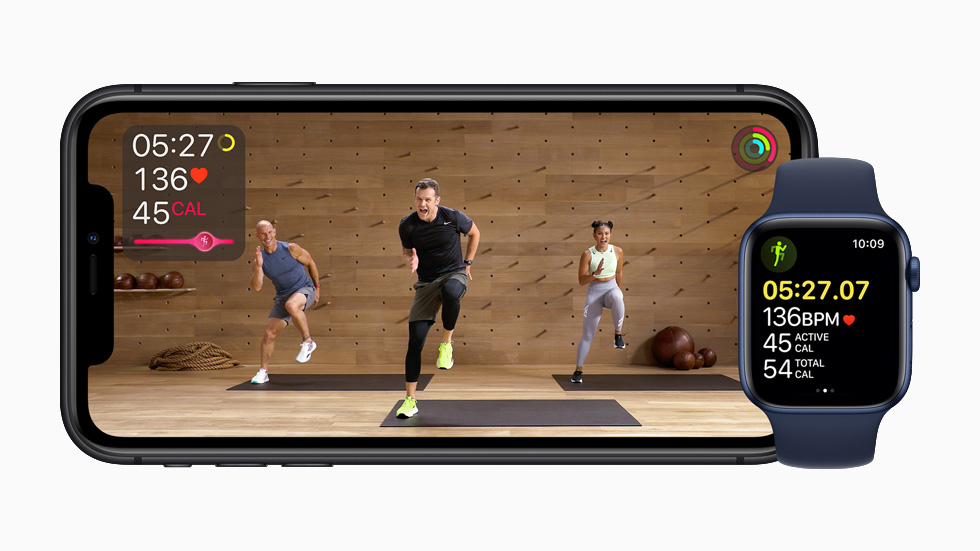
This framework has proven very popular: Peloton, Zwift, the recently-announced Apple Fitness+ and other digital services all provide tailored workout plans and a list of achievable goals for people to begin their fitness journey.
The study goes on to say behavioural changes rely on coaching and information. Listing "teaching people how many steps are in a mile, how much time it will take to walk 1,000 steps, and social support" as examples, the right information and a community of like-minded people are key factors in supporting behavioural changes.
Get the Fit&Well Newsletter
Start your week with achievable workout ideas, health tips and wellbeing advice in your inbox.
Digital workout services can provide this coaching and social support, connecting the user with others for online "group workouts".
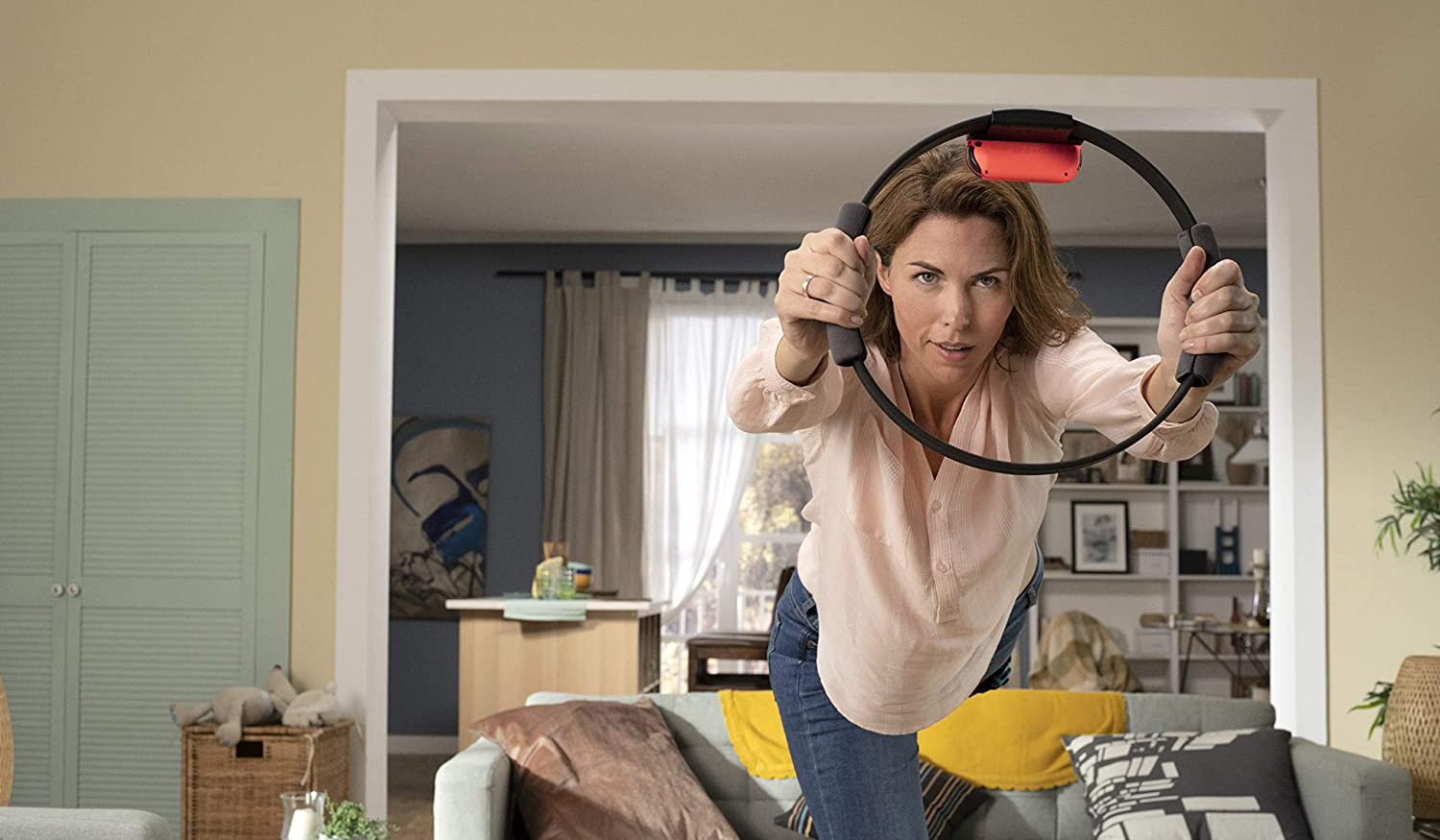
Even video games are getting in on the act, with Nintendo's Ring Fit Adventure using a new workout apparatus, a Ring-Con, to perform in-game movements. Zwift, the cycling and fitness app, offers similar virtual cycling-related games to play.
The "gameification" of exercise is a great way to get the same feeling of hitting goals: at the end of your exercise period, you complete a level or defeat an enemy, stimulating the reward centre of the brain like a normal videogame and encouraging you to keep playing.
Liked this?
- Best fitness tracker deals
- Best Fitbit deals
Matt Evans is an experienced health and fitness journalist and is currently Fitness and Wellbeing Editor at TechRadar, covering all things exercise and nutrition on Fit&Well's tech-focused sister site. Matt originally discovered exercise through martial arts: he holds a black belt in Karate and remains a keen runner, gym-goer, and infrequent yogi. His top fitness tip? Stretch.
-
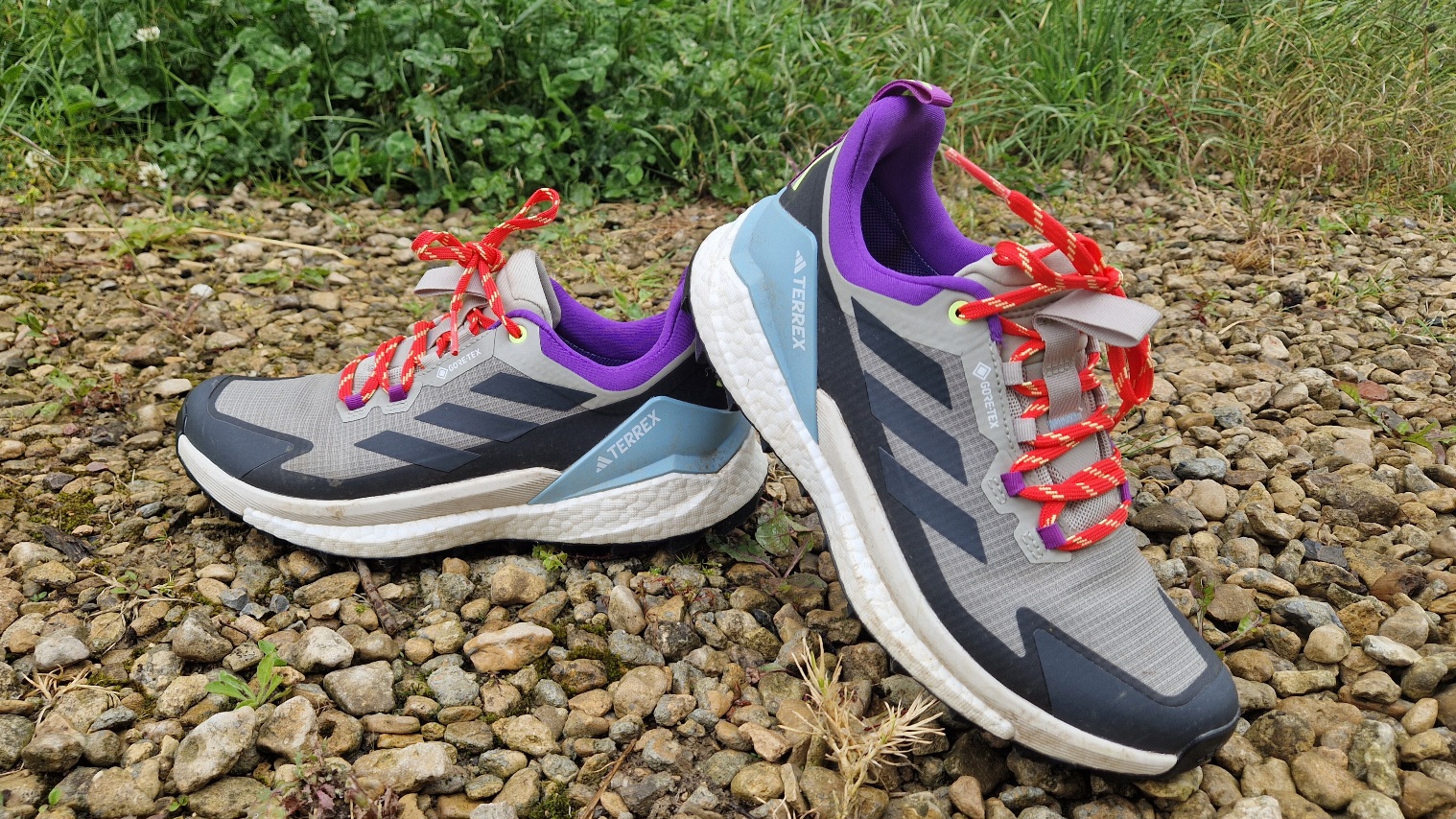 This might be your last chance to get my favourite waterproof walking shoe, and it's 25% off
This might be your last chance to get my favourite waterproof walking shoe, and it's 25% offDeal These Adidas Gore-Tex shoes are the most watertight I've tested
By Lou Mudge
-
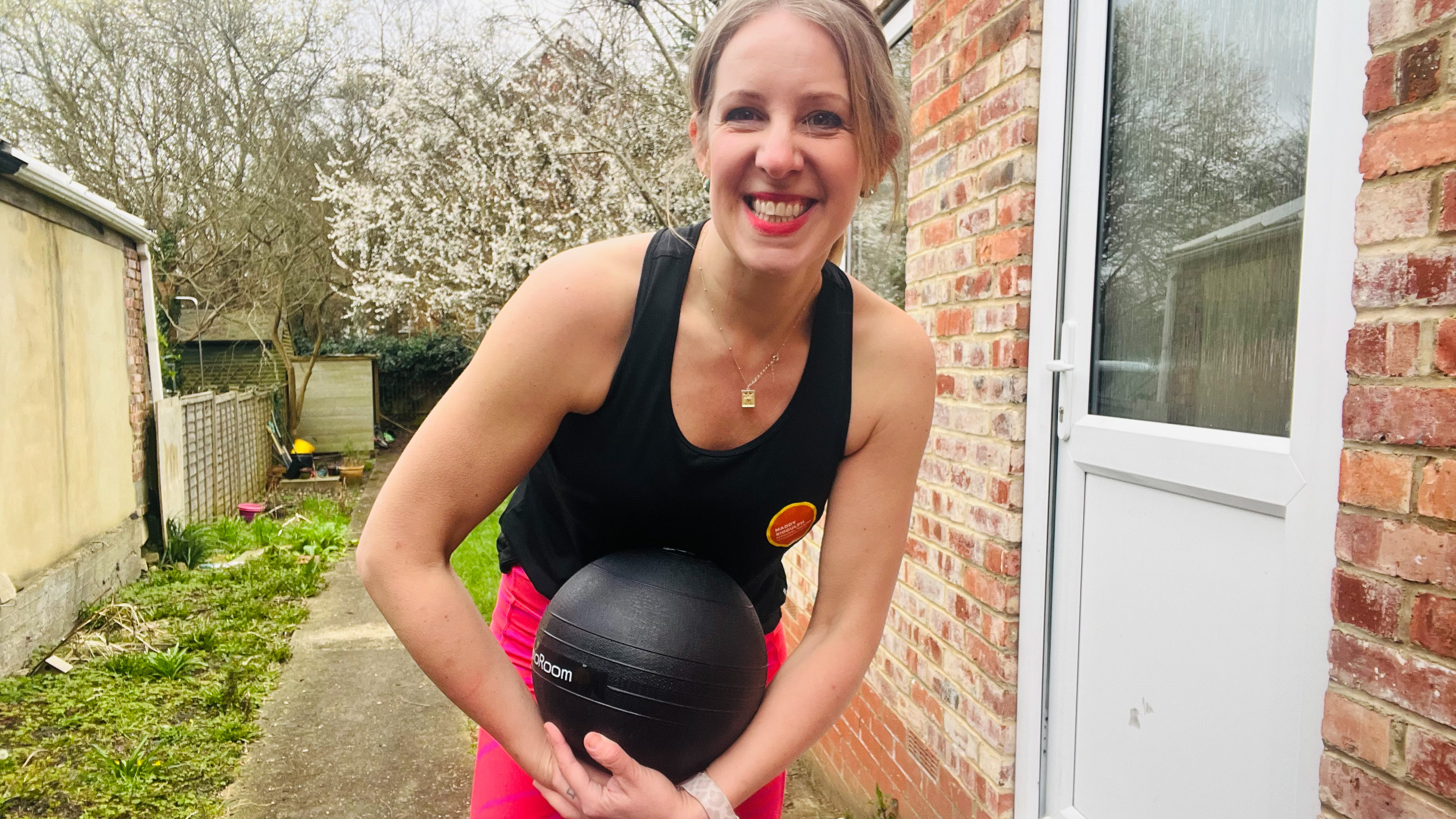 I tried wall balls for 30 days and the results surprised me
I tried wall balls for 30 days and the results surprised meTry this fitness challenge to boost total body strength
By Maddy Biddulph
-
 It's now or never—with $95 off, this Cyber Monday Apple AirPods Pro 2 deal will sell out fast
It's now or never—with $95 off, this Cyber Monday Apple AirPods Pro 2 deal will sell out fastDeal Apple's feature-packed in-ear headphones are at their lowest-ever price and a superb choice for running, cycling or any kind of exercise
By Paul Brett
-
 This Peloton instructor's 10-minute walking workout will increase your step count and boost your cardio
This Peloton instructor's 10-minute walking workout will increase your step count and boost your cardioWalking Strap on your sneakers and do this quick cardio blast
By Becks Shepherd
-
 I tried this 5,000-step walking workout with over one million views—here’s how many steps I actually took, according to my Apple Watch
I tried this 5,000-step walking workout with over one million views—here’s how many steps I actually took, according to my Apple WatchWalking No jumping and no repeats, this at-home cardio workout got my heart racing
By Becks Shepherd
-
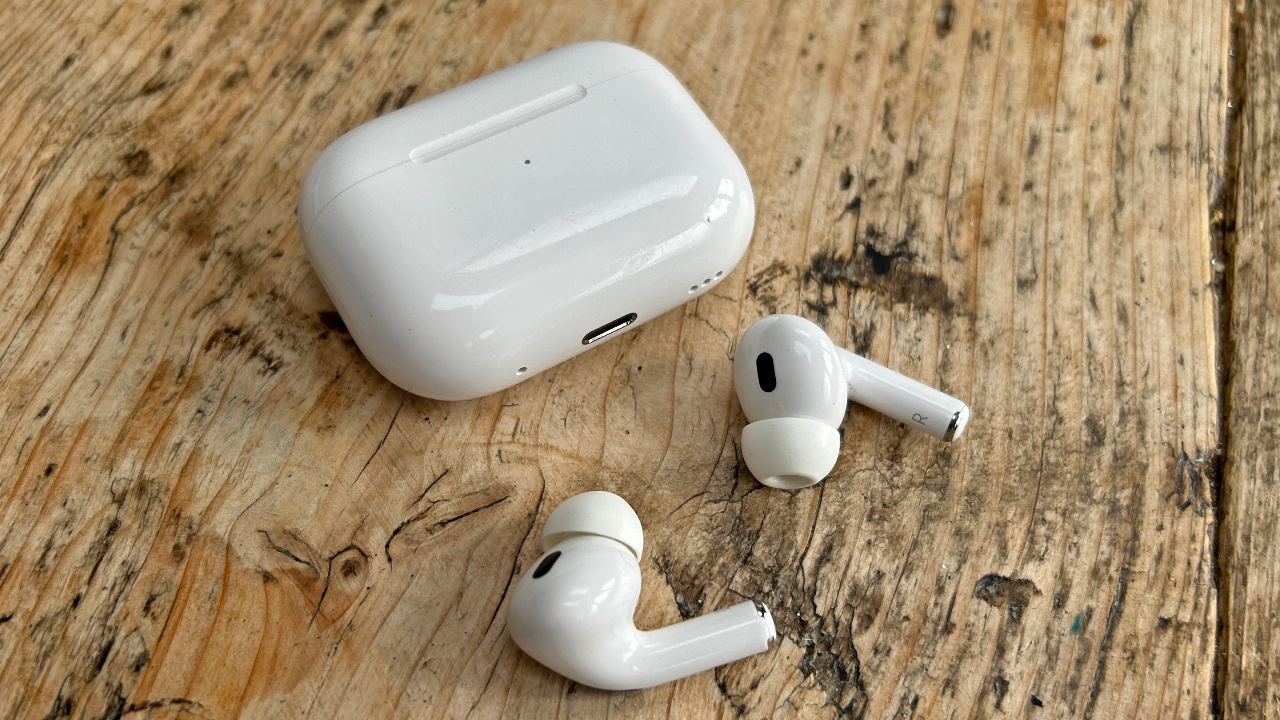 With a $70 saving, now is a great time to buy the Apple AirPods Pro 2
With a $70 saving, now is a great time to buy the Apple AirPods Pro 2Deal Apple's feature-packed AirPods Pro 2 are a brilliant choice for running, cycling, or any kind of exercise
By Rich Owen
-
 Hurry! The best Peloton bike is the cheapest it's been this year for Prime Day—but the sale ends tonight
Hurry! The best Peloton bike is the cheapest it's been this year for Prime Day—but the sale ends tonightDeal With a $500 saving, the Peloton Bike+ is at its lowest price of the year in this Amazon Prime Day deal, but hurry—offer ends today
By Rich Owen
-
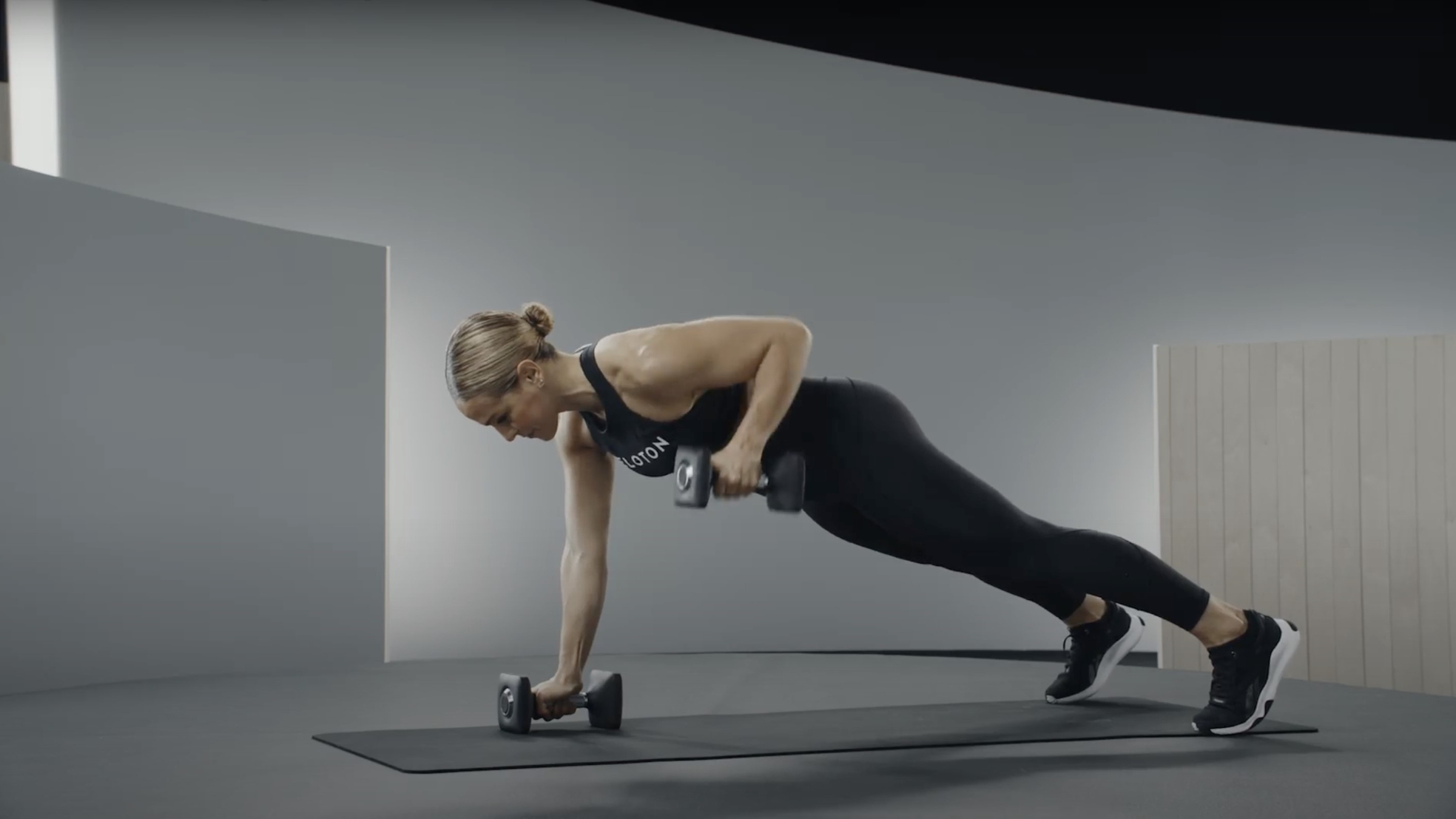 Build strength and endurance with a four-move dumbbell workout from Peloton trainer Jermaine Johnson
Build strength and endurance with a four-move dumbbell workout from Peloton trainer Jermaine JohnsonWorkout This 25-minute routine is designed to help you build a strong, functional body
By Harry Bullmore
-
 I did an Apple Fitness+ walking workout and was surprised by how much I enjoyed it—here's how you can try it for free
I did an Apple Fitness+ walking workout and was surprised by how much I enjoyed it—here's how you can try it for freeWalking Looking for an alternative way to boost your daily step count? Try this freebie from Apple
By Harry Bullmore
-
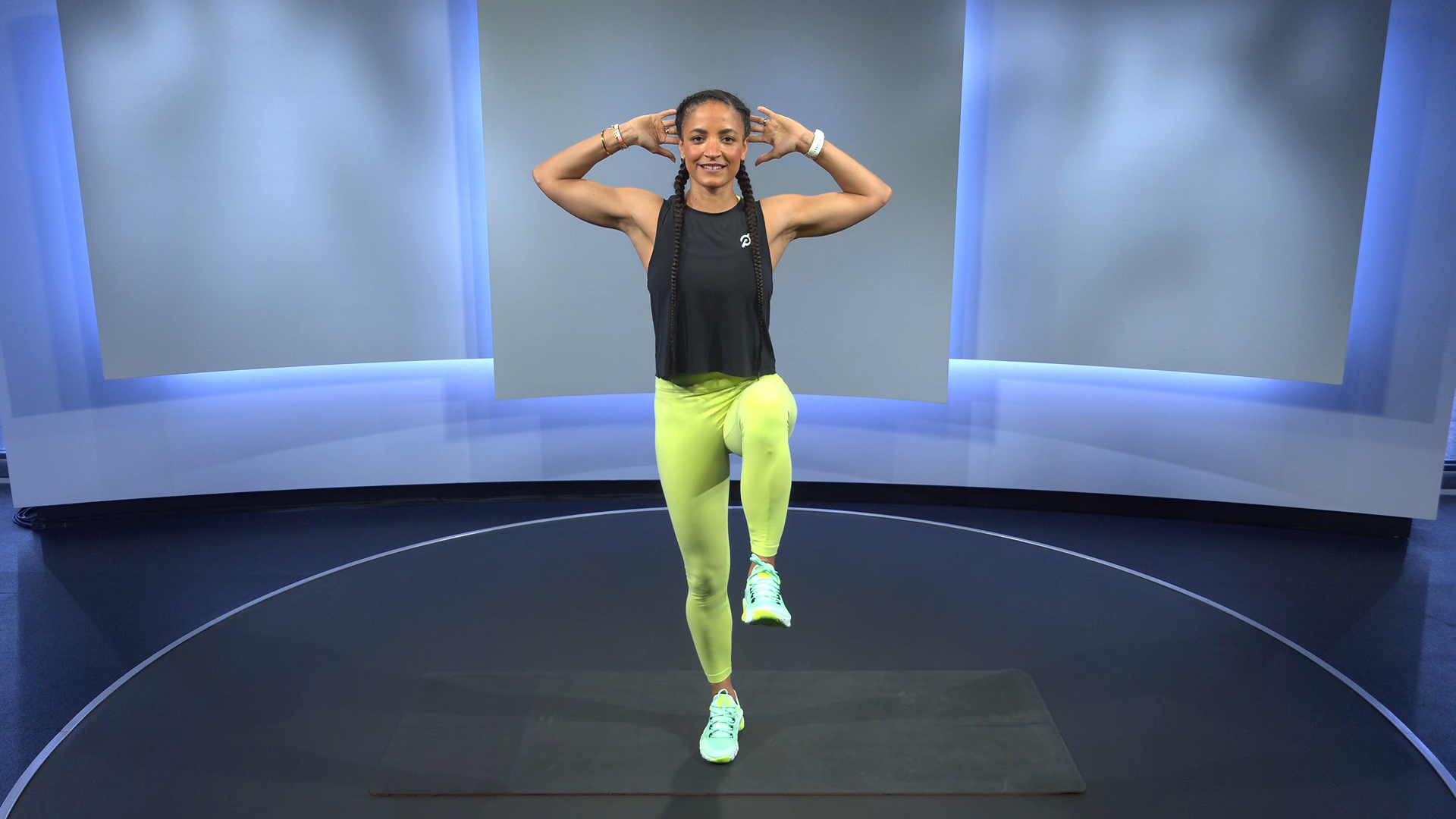 Ditch the sit-ups — strengthen your whole core with this Peloton trainer's six-move workout instead
Ditch the sit-ups — strengthen your whole core with this Peloton trainer's six-move workout insteadWorkout This core workout will improve the way you move, boost your stability, reduce your risk of injury without weights
By Harry Bullmore